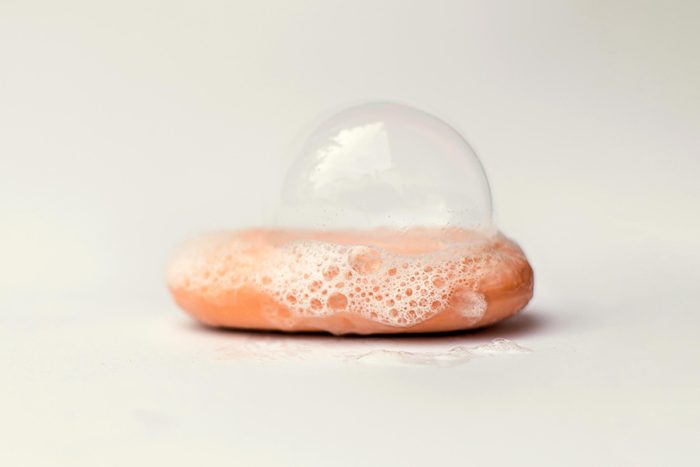
Whether you linger in your sweaty clothes after a good workout or take an antibiotic, there are many yeast infection causes that may be preventable—or send up the red flag to take caution. What potential yeast infection triggers should you avoid?
What is the main cause of yeast infection?
Candida: That’s the name of the fungus that causes a yeast infection, which is called candidiasis. (It’s also called thrush if the infection is in your mouth.) Yeast infections can occur around the genitals, but you can also get them anywhere on your body.
The fungus normally lives on the skin or inside your body without causing problems, but an overgrowth of it is what causes the infection and leads to uncomfortable symptoms.
In men and women, yeast infections can include redness, discharge, itching and sore skin—and even yeast infection sores.
While you may not be able to prevent them totally, these are a few things people may do that can actually cause yeast infections.
What Are Yeast Infection Sores? They Exist—A Doctor Explains
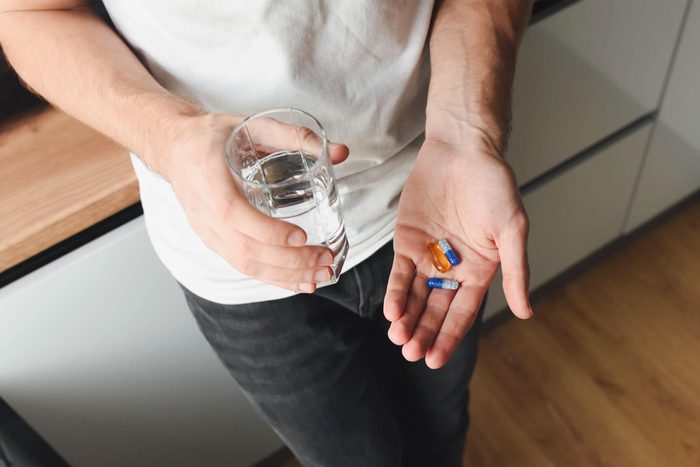
Yeast infection causes
1. You’re taking meds
If you’re on antibiotics, using birth control pills or take a steroid, you could be raising your chance of getting a yeast infection. That doesn’t mean that you shouldn’t follow your doctors’ orders—but you should ask how to prevent a yeast infection knowing that these medications may cause them.
A good example of that is taking a probiotic when you’re on an antibiotic.
“Antibiotic use disrupts good bacteria flora in our body as it treats the bad bacteria,” says Meleen Chuang, MD, who works as the associate chief OB/GYN at NYU Langone Hospital in Brooklyn and the medical director at NYU Lutheran Family Health Center. “Destroying the good bacteria in our body makes it much easier for yeast…to colonize.”
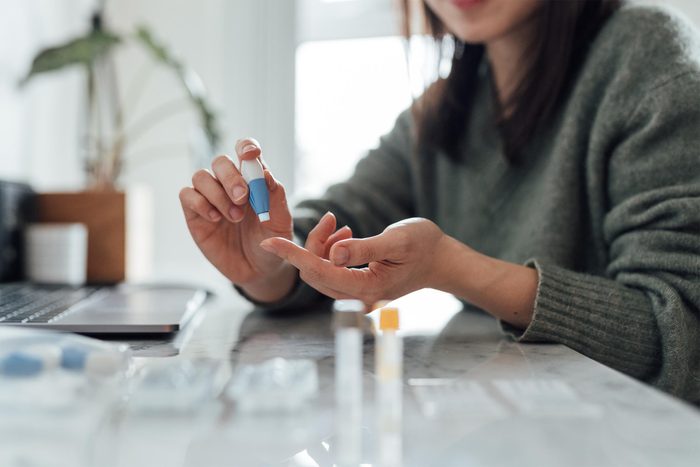
2. Your diabetes isn’t managed well
Sugar is like candida candy—literally. Too much of it can “feed” an infection. People diagnosed with Type 1 or Type 2 diabetes are prone to yeast infections. Some diabetes medications also put people with diabetes at a higher risk because they lower blood sugar and force the sugar to go into your urine. Again, the goal here isn’t to stop your medications, but to ask your doctor if there’s anything you can do while taking the medicine to lower your risk for a yeast infection.
“Uncontrolled diabetes leading to elevated glucose in the blood makes the skin and moist mucosa more susceptible to yeast infections,” Dr. Chuang explains. “This can become serious if left untreated as the skin breakdown causes bacterial superinfection to rapidly proliferate.”
A Nutritionist Just Revealed the #1 Worst Food to Eat for Yeast Infections

3. Your hygiene regimen can use a makeover
Skipping showers, staying in sweaty clothes after a workout or even sitting in a wet bathing suit are all yeast infection causes that you have some control over.
Wearing tight clothes and non-cotton synthetic materials lets moisture build up on your skin, Dr. Chuang says.
The fix? Change immediately so you don’t stay in anything wet. When you shower, take a few extra seconds to make sure you’re dry everywhere.
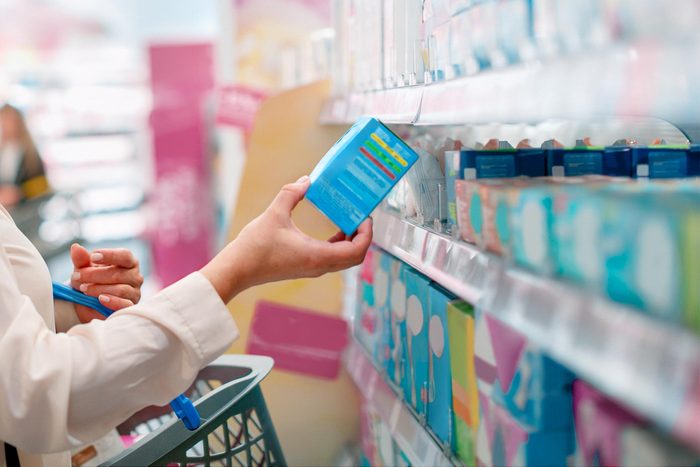
4. You’re trying too hard to stay fresh
Scented tampons may smell great in the middle of the CVS aisle, but they’re a no-no if you are trying to prevent a vaginal yeast infection. All the same, harsh soaps, douching and vaginal deodorant sprays can bring on a yeast infection quickly, too.
“Once the [vaginal] pH is off, yeast and other foul smelling bacteria can accumulate quickly,” Dr. Chuang says.
Avoiding these products can help you prevent an infection, especially if you’re susceptible to them.
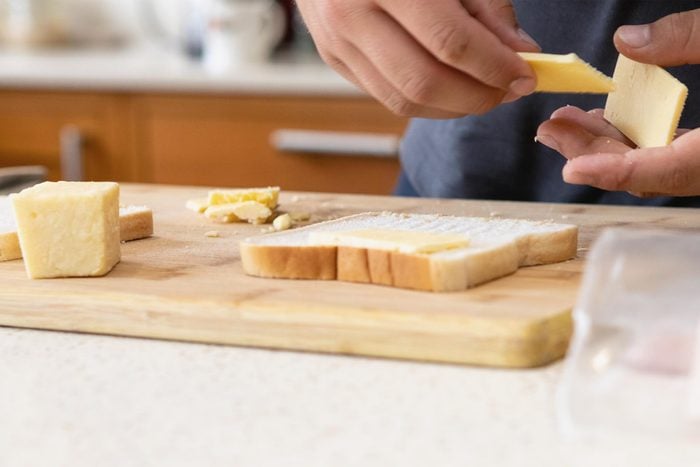
5. Your diet favors fungus growth
What you eat may be able to help your body lower the levels of candida, according to the Mayo Clinic, though diet alone is not an effective treatment for a yeast infection.
However, it can help with chronic yeast infections and other symptoms of too much candida, called “yeast syndrome.” The candida cleanse diet—which involves avoiding white flour, sugar, yeast and cheese—may reduce levels of the fungus in the intestines. Some evidence suggests taking probiotics in addition to the diet may also help.

Treating a yeast infection
It may be easier for people with penises to tell if they have a yeast infection and treat it promptly. People with vaginas should check with their doctor, because other sexually transmitted infections have symptoms that mimic a vaginal yeast infection.
A slew of over-the-counter and prescription medications for yeast infections are available. Once you know what you’re doing that can cause them, you can avoid these habits and hopefully prevent yeast infections in the future.
